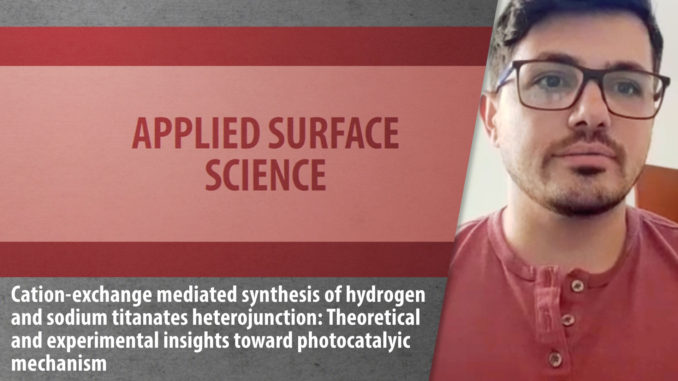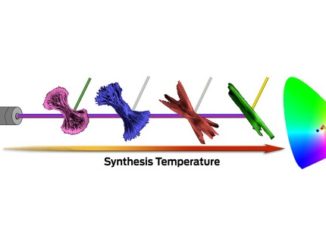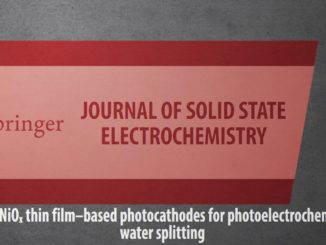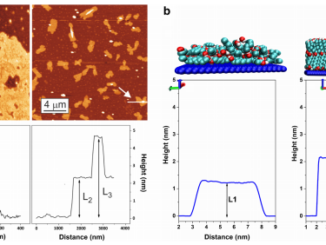
Cation-exchange mediated synthesis of hydrogen and sodium titanates heterojunction: Theoretical and experimental insights toward photocatalyic mechanism
Abstract: Na2Ti3O7/H2Ti3O7 heterojunction nanotubes were obtained through the microwave-assisted hydrothermal method (MAH) with different band gap energy engineering. This study aimed to synthesize sodium titanate nanotubes and evaluate the influence of H+ insertion on their photocatalytic properties. Heterojunctions were identified by X-ray diffraction, Raman spectroscopy and high-resolution transmission electron microscopy, and their electronic levels and defects were investigated using diffuse reflectance and photoluminescence spectroscopies in the UV–Vis region. The cation exchange process promotes the formation of Na2Ti3O7/H2Ti3O7 heterojunction with coexistence of both phases in the nanotube. Photocatalytic results of Rhodamine-B (Rh-B) dye discoloration show that the prepared materials have activity under visible and UV light irradiation, and are dependent on the proportion of hydrogen and sodium-titanate phases present. The material with highest sodium concentration showed discoloration with a half-life time of 23 min under visible light irradiation. Theoretical results reveal the heterojunction band offset as a staggered gap, with the effective bandgap occurring between the O-2p of Na2Ti3O7 and Ti-3d of H2Ti3O7. The charge carrier transfer mechanism in the heterojunctions is well described by Z-scheme, with H2Ti3O7 and Na2Ti3O7 as the main oxidation and reduction phases for dye discoloration.
Author(s): Iani, IM; Teodoro, V; Marana, NL; Jr, UC; Sambrano, JR; Simões, AZ; Teodoro, MD; Longo, E; Perazolli, LA; Amoresi, RAC; Zaghete, MA
Applied Surface Science
Published: 1 February 2021, Volume 538
DOI: https://doi.org/10.1016/j.apsusc.2020.148137




